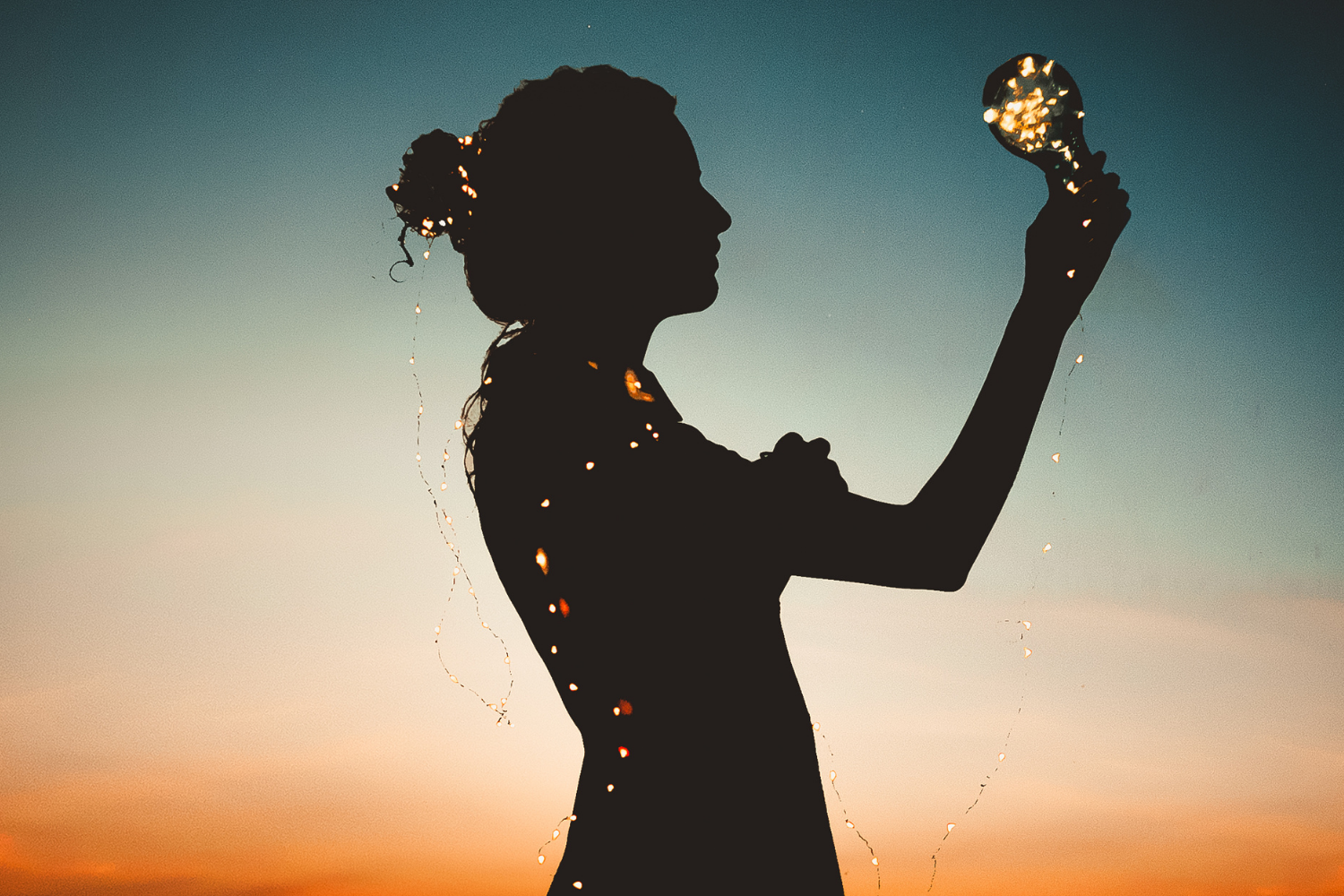What is Light Therapy?
Since the beginning of time, light has been the source of all living organisms. Every plant, animal and human requires a specific wavelength of light in order to exist. More than ever, though, the Covid-19 era has seen people spending an increasing amount of time indoors. This blocks our natural exposure to sunlight. We are physiologically affected by the amount of sunlight we are exposed to. Those who live in places with less exposure to sunlight are more likely to develop depression, mood swings and mental health disorders.
Light therapy uses artificial light to mimic the sun as a way to treat and minimise the effects of Seasonal Affective Disorder (SAD). It also known to treat:
- Jet Lag
- Mood Swings
- Sleeping Disorders
Light therapy has been around for quite a while and many people have experienced the benefits of practicing this therapy such as:
- Increasing mental health
- Regulating mood
- Improved sleeping pattern
- Feeling more awake faster
How does it work?
The treatment is usually performed by sitting in front of a 10,000-lux artificial light (brighter than the outside sunlight). Some perform this treatment by shining the artificial light to the side of their face which can improve a person’s mood materially. Just 30 mins a day will deliver lasting effects.
Light therapy can be practiced anywhere. Sitting up or standing, whether you’re reading a book, napping, or our favourite time while eating breakfast, as long as you’re near the light then you’ll feel the benefits in no time!
What is the science behind it?
There are two important hormones at play each day that are constantly being regulated. Let’s have to look at the science behind light therapy.
- Serotonin: the hormone that helps regulate mood, body temperature, and appetite which we get from sunlight
- Melatonin: the hormone that helps us sleep and tell our bodies it’s time to rest which we get in the dark
Light therapy is the idea of replacing the sunlight we’re not getting. Sunlight releases a hormone in our brain called serotonin which is responsible for boosting mood, calmness and relaxation states.
At traWell we believe that we need the brightest light.
When the light hits your eye, it sends a signal to the brain that our bodies’ internal clock must change. This regulation of your circadian rhythm helps you feel energized in the morning and relaxed before going to sleep.
Why does traWell incorporate light therapy in our excursions?
We’re forever doing our best to educate our guests on the best modern wellness treatments. Light therapy is a safe and non-invasive treatment that can practiced indoors at their own time.
Light is absorbed through the skin and eyes.
What sort of light therapy will be used in the excursions?
SAD Lamps in the Morning
- The use of Seasonal Development (SAD) Lamps in the morning as you start your day with bright light will enhance your mood and energy levels. Just 20 mins of exposure will do the trick.
Orange LED’s at night
- At night, we’ll incorporate the red and orange LED lights to provide a calming therapeutic effect. As they have a minimal disruptive effect on the circadian system.
Blue/light filter on screens/devices
- Since traWell encourages a healthy lifestyle, we have worked to create conditions for people to thrive in their daily lives without compromising on productivity. Blue light that is released from the screens on our electronic devices tricks our brain into thinking it’s daytime and inhibits the release of melatonin. A simple blue light filter (night shift) can reduce the negative impact of using these devices.
Installation of full spectrum bulbs in rooms
- Natural sunlight has the full spectrum and being exposed to sunlight can improve mood, mental awareness, colour perception and of course vitamin D. At traWell we have embarked on a programme to introduce full spectrum bulbs wherever we can.
A few days getting an introduction to light therapy can help you manage a number of debilitating conditions such as SAD, jet lag, mood swings, disrupted sleep.
Use of 20 min SAD Lamp in morning, installation of full spectrum bulbs in rooms, use of red/orange LED’s at night, blue light filter on screens/devices.

